Problem 15 - Bernoulli's Energy Theorem
Problem 15
A pump (Figure 4-07) takes water from a 200-mm suction pipe and delivers it to a 150-mm discharge pipe in which the velocity is 2.5 m/s. At A in the suction pipe, the pressure is -40 kPa. At B in the discharge pipe, which is 2.5 m above A, the pressure is 410 kPa. What horsepower would have to be applied by the pump if there were no frictional losses?
- Read more about Problem 15 - Bernoulli's Energy Theorem
- Log in to post comments

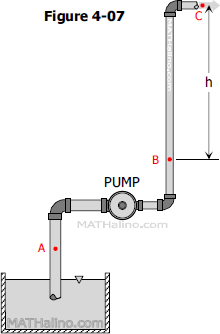
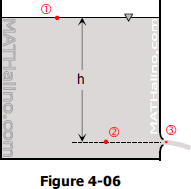

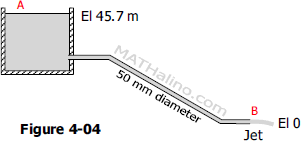
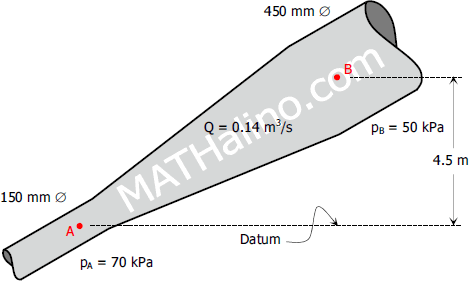
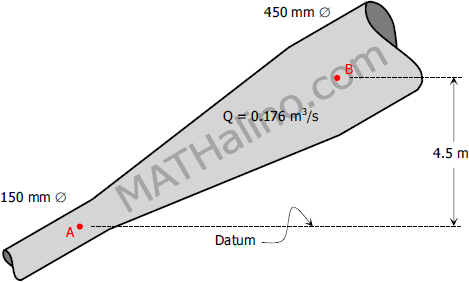
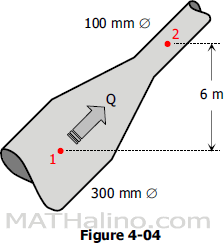
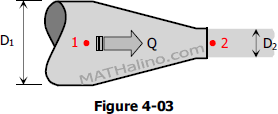
Recent comments
(…